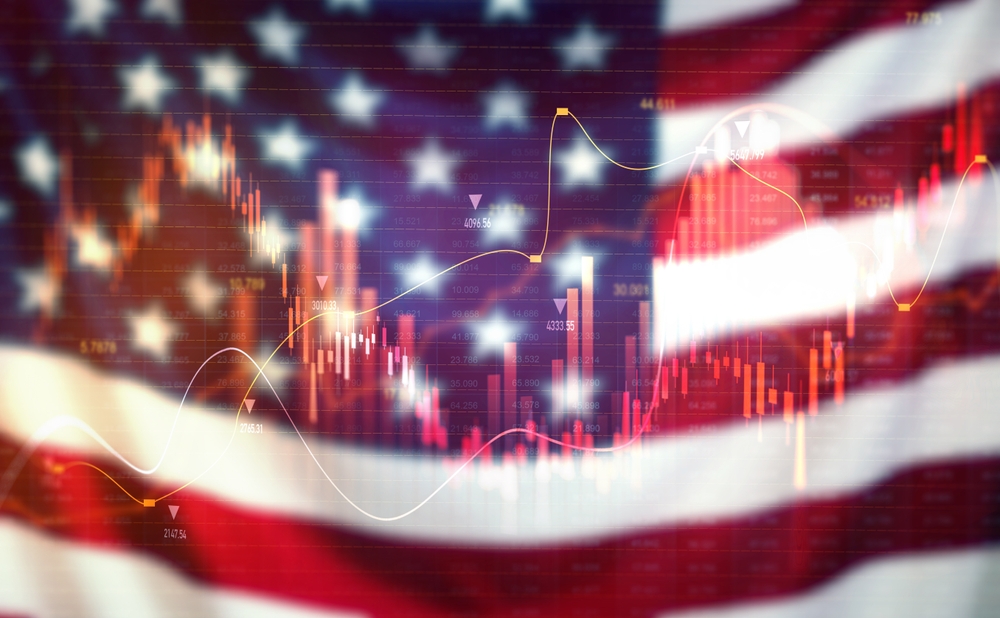A soft landing—a scenario where inflation normalizes without a significant rise in unemployment—remains a tantalizing possibility for the U.S. economy in 2025. For two years, the Federal Reserve has aimed to cool inflation without triggering a recession. While 2024 didn’t hit the Fed’s 2% inflation target, the economy grew steadily, and unemployment stayed low, fueling optimism among economists that the elusive soft landing may finally materialize.
Signs of a Resilient Economy
Key indicators suggest the U.S. economy could avoid a recession in the new year. Ashish Shah, chief investment officer of public investing at Goldman Sachs Asset Management, is optimistic:
“We continue to believe that we’re in this soft landing phase where U.S. economic growth remains resilient through 2025.”
Third-quarter data analyzed by Wells Fargo also pointed to improving odds. The probability of a soft landing rose to 42%, while the likelihood of a recession decreased to 28%. These trends reflect resilience in GDP growth and a stable labor market.
Inflation Challenges Remain
For a soft landing to occur, inflation must continue to fall. However, some economists warn that external pressures, including policy decisions, could disrupt progress. Wells Fargo analysts led by Chief Economist Jay Bryson expressed concern about tariffs:
“Tariffs stand to throw some sand in the gears of economic growth next year and stymie inflation’s return to the Federal Reserve’s target.”
If inflation persists or even rises, the Federal Reserve may face tougher decisions, potentially complicating its strategy for maintaining economic stability.
What if There’s No Landing?
Some economists speculate that the economy might not “land” at all but instead maintain steady growth. Sal Guatieri, senior economist at BMO, envisions such a scenario:
“Instead of landing, the U.S. economy may simply refuel next year.”
This outcome, while not a soft landing in the traditional sense, would avoid the pitfalls of a recession or stagflation, providing a unique pathway for continued economic growth.
The Recession Question
Historically, Federal Reserve rate hikes have often led to recessions. Piper Sandler’s analysis shows that eight out of the last nine rate hike cycles resulted in economic downturns. Yet, many experts remain confident that a recession is not imminent.
Matthew Martin, senior U.S. economist at Oxford Economics, highlighted this in his analysis:
“Our suite of recession models showed the lowest probability of recession at the three- and six-month horizons in more than two years.”
Still, global uncertainties, including trade disruptions, could alter this outlook. Wells Fargo warns that severe trade issues might increase the risk of a hard landing.
Hope Amid Uncertainty
As the U.S. heads into 2025, the possibility of a soft landing offers hope for a balanced economic future. While challenges like stubborn inflation and global trade uncertainties loom, the resilience of the labor market and economic growth provides a foundation for optimism. Whether the economy lands softly, refuels, or faces turbulence, the coming year will reveal the true trajectory of this complex economic journey.


